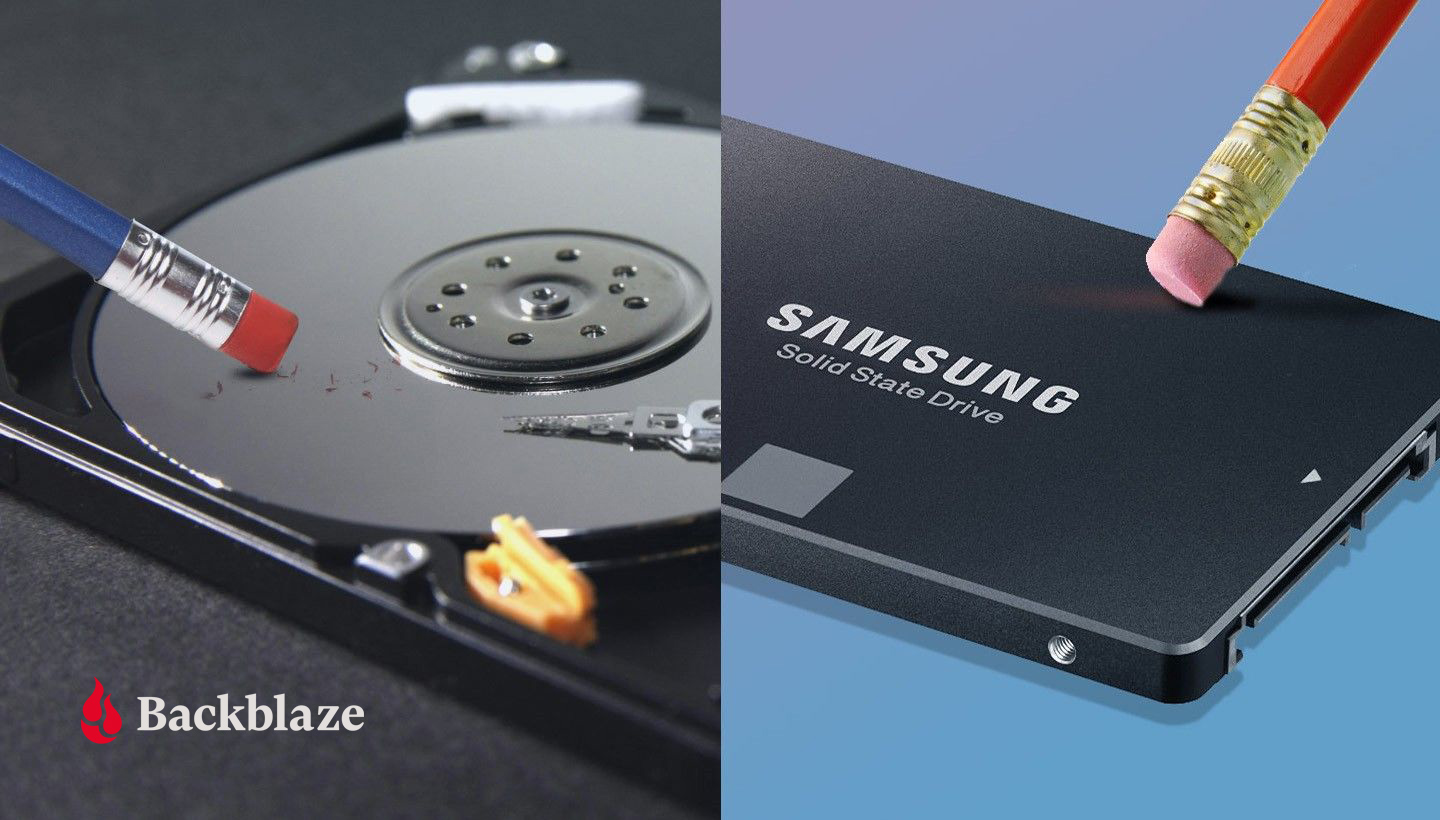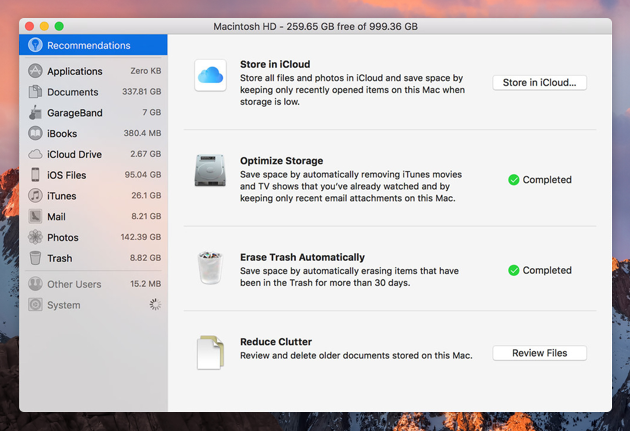
- #Creating more space on mac os x startup disk update
- #Creating more space on mac os x startup disk software
- #Creating more space on mac os x startup disk download
See below for information about using Font/DA Mover (you can use the version on the HD 20 Startup disk) to reduce the size of the System file if need be.

#Creating more space on mac os x startup disk update
The System Update disk was sent to dealers, for distribution to Macintosh owners. System 2.0 Finder 4.1, released April 1985
#Creating more space on mac os x startup disk software
This is the first solid Mac Software release, three months after the original Macintosh shipped with what was essentially a public beta release. Minimum recommended OS for the Macintosh 128K and 512K. System 1.1 Finder 1.1g, released May 1984 Avoid handling them on Windows, as it will strip the resource fork from the archive. If you are using Disk Copy to make floppy disks, don't expand the archives until they reach the machine you will use to make the disks. In Mac OS X 10.7 and above, The Unarchiver can extract them for use in Mini vMac or via Floppy Emu.

#Creating more space on mac os x startup disk download
You can download Stuffit Expander at MacFixer. Note: These Disk Copy 4.2 disk images* are stored inside early Stuffit 3 (.sit) archives, which can be extracted by Stuffit Expander 3.5 (and above) in System 6 (and above). The disks are complete and the files are unaltered. Please note: Disk Drill does not provide any option to create bootable CD/DVD drives due to them becoming less popular and accessible in modern computers.These are Apple's recommended releases for machines with 128K and 512K of memory. This ensures the maximum amount of data stays intact during the recovery process, and other background processes or the operating system itself do not overwrite any recoverable pieces of information. Connect it to any Mac, run Disk Drill and use the "Create Boot Drive" option on the main toolbar.ĭisk Drill let's you run all its data recovery algorithms via a bootable Mac USB drive. Make sure you have an extra storage device, which is at least 2GB in size. Starting with Disk Drill 3, anyone can create a bootable Mac OS X drive in a matter of minutes. It'll make your Mac boot from USB in just a few clicks. Disk Drill is by far the most convenient and up-to-date macOS bootable file rescue solution.

Set it aside, calm down and download a bootable data recovery app using any other computer. You can turn your computer off, remove the drive in question from the docking station, do whatever may be required to prevent any further utilization of that drive. The initial recommendation given to anyone who lost important data and would like to proceed with the data recovery is always to stop using the drive where the data was stored as soon as possible.


 0 kommentar(er)
0 kommentar(er)
